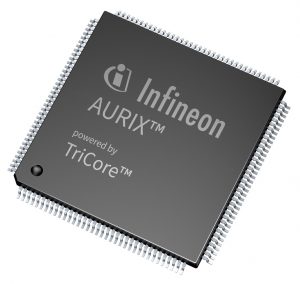Infineon and Apex.AI are integrating AURIX TC3x microcontroller and Apex.Grace

Infineon Technologies and Apex.AI, a company developing safety-certified software for mobility and autonomous applications, announced to co-develop a platform that significantly expedites software development for automotive customers. The companies have integrated Apex.AI’s software development kit and Infineon’s AURIX TC3X microcontroller to enable faster integration of safety-critical automotive functions into future vehicles.
“The AURIX TC3x is widespread across automotive applications and well known for its reliability, scalable performance and broad customer base,” said Thomas Schneid, Senior Director Software, Partnership & Ecosystem Management from Infineon. “Together with Apex.AI we are now speeding up software development and implementation of microcontrollers to make software-defined vehicles possible. New applications in the car demand new SW Ecosystem components which complement and enhance our existing SW environments”
“The mobility industry is challenged by moving from hardware-centric products to software-defined vehicles. The integration of the Infineon AURIX TC3x microcontroller family, the leading embedded automotive safety controller, with Apex.Grace will significantly accelerate development times and lower deployment costs,” said Dr. Jan Becker, Co-founder and CEO of Apex.AI.
Infineon’s AURIX TC3x is one of the major embedded safety controllers worldwide to obtain ASIL D certification according to the 2018 ISO 26262 standard.
Apex.Grace, formerly known as Apex.OS, is the first complete SDK for software-defined vehicles (SDV) certified to ISO 262626 ASIL D.
Apex.Grace is the go-to choice for efficiently developing application software for software-defined vehicles. Apex.Ida, previously known as Apex.Middleware, provides a complete and integrated solution for intra- and inter-electronic control unit (ECU) communication and communication to the cloud.
Apex.Grace is based on the open-source robot operating system (ROS) and enables the rapid and efficient transition from ROS-based prototypes to production-ready vehicles.








